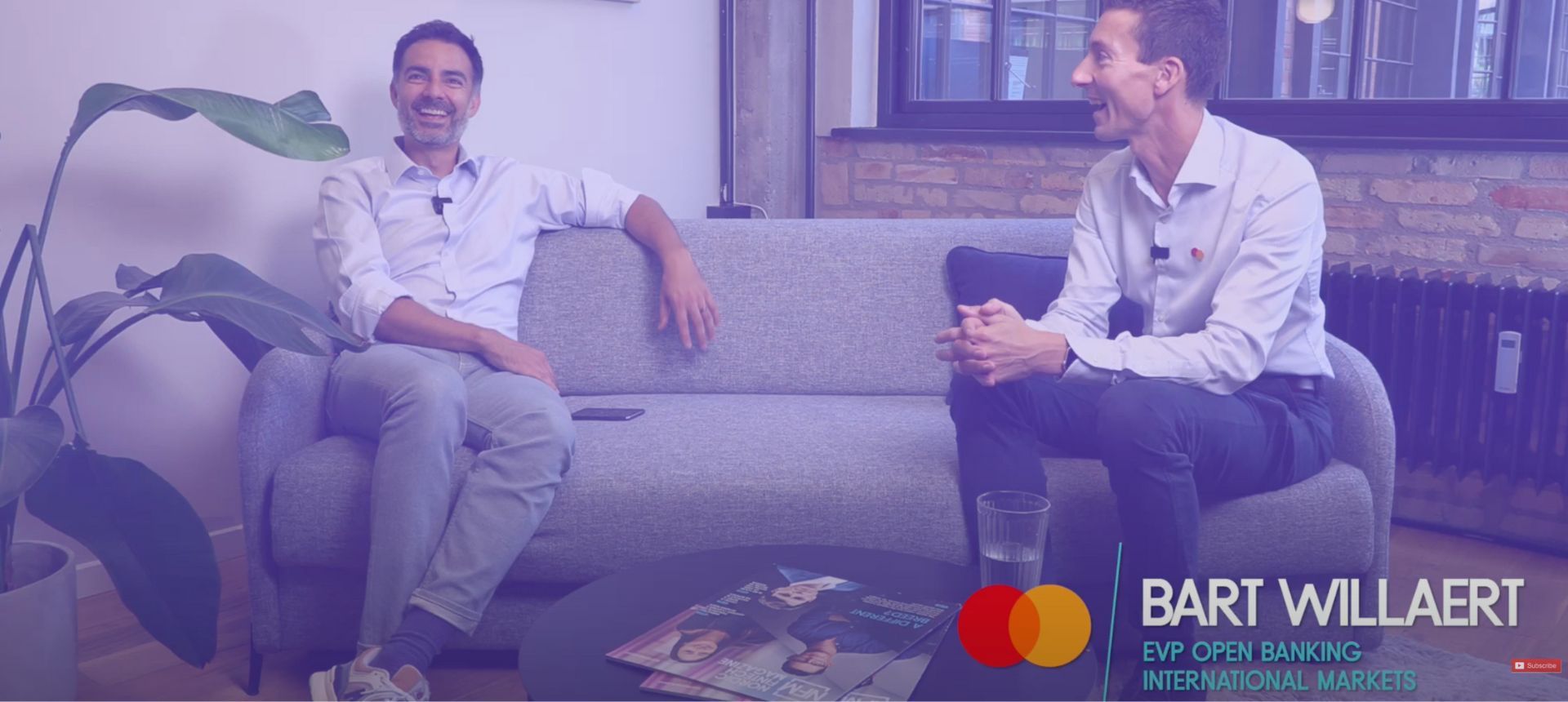
How Secure Trust Bank provides more payment flexibility with open banking
December 15, 2022 | Louise Basse
With a relentless focus on building secure and convenient banking solutions, Secure Trust Bank is an award-winning retail bank operating in the UK since 1952 which provides savings accounts and lending services to over a million customers.
Recently, Secure Trust Bank teamed up with Mastercard’s open banking platform in Europe to offer more choice and flexibility to its customers through open banking payments. Now, Secure Trust Bank’s customers can easily repay retail finance in a few clicks with the open banking feature ‘Easy Bank Transfer’.
The result? Instantly after pushing the new feature live, 30 percent of customers chose to pay through the ‘Easy Bank Transfer’ option.
We sat down with Chris Higham, Head of Payments and Cards at Secure Trust Bank, to talk about how the team leveraged open banking payments and what it’s like working with Mastercard.
Removing friction and high costs
As financial services develop at a high pace, it’s increasingly important to offer flexible and convenient solutions that fit the needs of consumers – and that’s why Secure Trust Bank teamed up with us. As SCA is embedded in open banking payments, customers at Secure Trust Bank can easily initiate payments directly from Secure Trust Bank’s own platform.
“Our customers simply log on to our self-service portal, go to the pay button, click on the ‘Easy Bank Transfer’ option and then pay directly in the portal with their bank account, without having to go to the online bank or enter credit or debit card details,” Chris Higham explains and continues:
“We’re really keen to provide our customers with more choices and different ways to pay because it's a true win-win for both us and our customers.”

Results that speak for themselves
When Secure Trust Bank went live with the open banking payment option, a large number of customers immediately adopted the new payment method.
“We literally put the new open banking payment feature live, and without doing any advertising, marketing or UX tricks, we instantly saw that 30 percent of the payments that would have gone through other payment options went through the open banking ‘Easy Bank Transfer’ option instead,” Chris Higham says and emphasises:
“We’ve been live for more than a month now, and those numbers have held consistently, so our customers are just continuing to use it in a higher number than we forecasted.”
For Secure Trust Bank, it was important to choose an open banking provider with live use cases, Chris Higham explains:
“We were looking for a provider that had already implemented open banking in the UK in a similar way to us. We knew that Mastercard had already done this with other major financial brands in a successful way, and that was really key to us,” he says and continues:
“Mastercard has acted very much like a partner for us. The team at Mastercard is very much invested in exploring what else it can do for us next. We’re happy with the access to thought leadership in Mastercard which has helped us develop our strategy. It feels like the start of a proper partnership.”
A world of open banking solutions
As of now, Secure Trust Bank offers open banking payments for retail finance customers. But according to Chris Higham, that is just the first step on Secure Trust Bank’s open banking journey:
“For us, the ability to be more agile in the way we do payments is key. This specific use case is just one example of what you can do with open banking, but there is much more to come. Open banking is going to allow us to be cleverer and offer more favourable options for customers to choose from. It’s all about serving our customers better by offering a range of solutions that recognise customers have individual financial situations and needs. By offering different ways to pay, it allows us to be more flexible in terms of how we onboard and treat customers going forward.”
Are you curious to learn more about how you can build customer-centric solutions with open banking? Check out our knowledge hub or reach out directly to us here.




